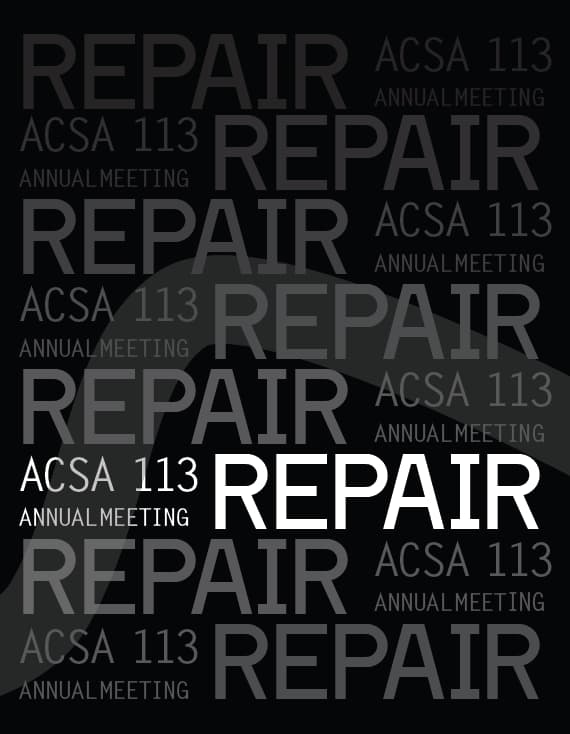Author(s): A. Gray Read, Ashley Bigham & Erik Herrmann
Public Utilities explores the civic and spatial potential of environmental notation. This installation, commissioned for an annual design festival, eschews the typical folly format in favor of a more tactical, distributed, and event-based intervention. The project mobilizes field marking robots, initially designed to mark sports fields, to create several site-specific, building-size drawings at a 1:1 scale that temporarily transform urban space with minimal resources orchestrated to maximum effect. Water-soluble, non-toxic, and temporary, it eschews waste often associated with temporary architecture. The project extends an ongoing collaboration with an industry partner that manufactures semi-automated, GPS-guided field marking robots for striping turf sports fields (Fig. 9). Working closely with their engineers and programmers, we develop software tools that radically expand the drawing repertoire of the company’s robotic systems. When interfacing with new technologies, we model the role of the architects as orchestrators of resources rather than tool makers. We don’t create proprietary tools but methods for bringing existing technologies into new spatial use cases. Utilizing an “off-the-shelf” robot has several advantages, including the capacity to utilize a steadily expanding fleet of sports marking robots, which currently encompasses most of the United States and Europe. Consequently, we can test patterns in the American Midwest before traveling to Spain to paint with an identical striping robot owned by the local parks department.
Volume Editors
Sara Jensen Carr & Rubén García Rubio
ISBN
978-1-944214-48-7

 Study Architecture
Study Architecture  ProPEL
ProPEL 
